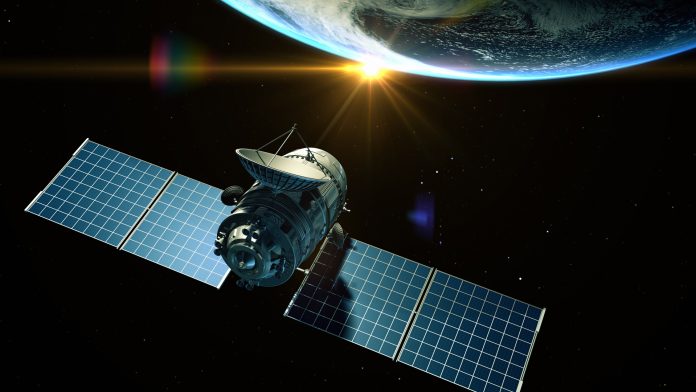
Uganda’s PearlAfricaSat-1 and Zimbabwe’s ZimSat-1 are set to be launched into orbit on 6 November 2022 as part of the BIRDS-5 constellation of two 1U CubeSats and one 2U CubeSat developed by Uganda, Zimbabwe and Japan.

The launch, which is scheduled for liftoff from the Mid-Atlantic Regional Spaceport at NASA’s Wallops Flight Facility on Wallops Island, Virginia, will be aboard the Northrop Grumman (NG-18 Cygnus), a robotic resupply spacecraft that provides commercial cargo resupply services to the ISS on behalf of NASA, providing Uganda and Zimbabwe with the opportunity to launch their first satellites.
BIRDS-5 is a constellation of CubeSats, PEARLAFRICASAT-1, the first satellite developed by Uganda; ZIMSAT-1, Zimbabwe’s first satellite; and TAKA from Japan, which consists of both 1U and 2U satellite configurations. BIRDS-5 performs multispectral observations of Earth using a commercial off-the-shelf camera and demonstrates a high-energy electronic measuring instrument. The statistical data collected could help distinguish bare ground from forest and farmland and possibly indicate the quality of agricultural growth. This could help improve the livelihood of the citizens of Uganda and Zimbabwe.
The core missions for PearlAfricaSat-1 are a multispectral camera payload. The Multispectral Camera mission will provide about 20-metre resolution images for Uganda to facilitate water quality, soil fertility, land use and cover analysis. In addition, the satellite will play a vital role in the oil and gas operation by monitoring the East African crude oil pipeline. This will enable accurate weather forecasts by gathering remote sensor data for predicting landslides and drought. Once the satellite reaches orbit, the Uganda ground station at Mpoma, Mukono, will monitor its health status for a few days before it starts executing its mission.
Similarly, the ZimSat-1will enhance mineral exploration and monitoring of environmental hazards and droughts. Additionally, it will aid in mapping human settlements and disease outbreaks, among other capabilities.
The satellites’ development began in 2020 as part of the Joint Global Multi-Nation Birds Satellite project, a cross-border interdisciplinary satellite project for non-space-faring countries initiated in 2015 by the Kyushu Institute of Technology, Japan (Kyutech). The programme aims to provide hands-on training in satellite design, manufacture, and testing for students from developing countries to encourage creating or continuing space programmes in their respective countries. Students from participating countries belong to the Graduate school of Engineering of the Kyushu Institute of Technology and are enrolled as Master’s or Doctoral degree students in the Space Engineering International course to execute this project.
Disclaimer: Ahotoronline.com is not liable for any damages resulting from the use of the information.
kemetmedianetwork.com




